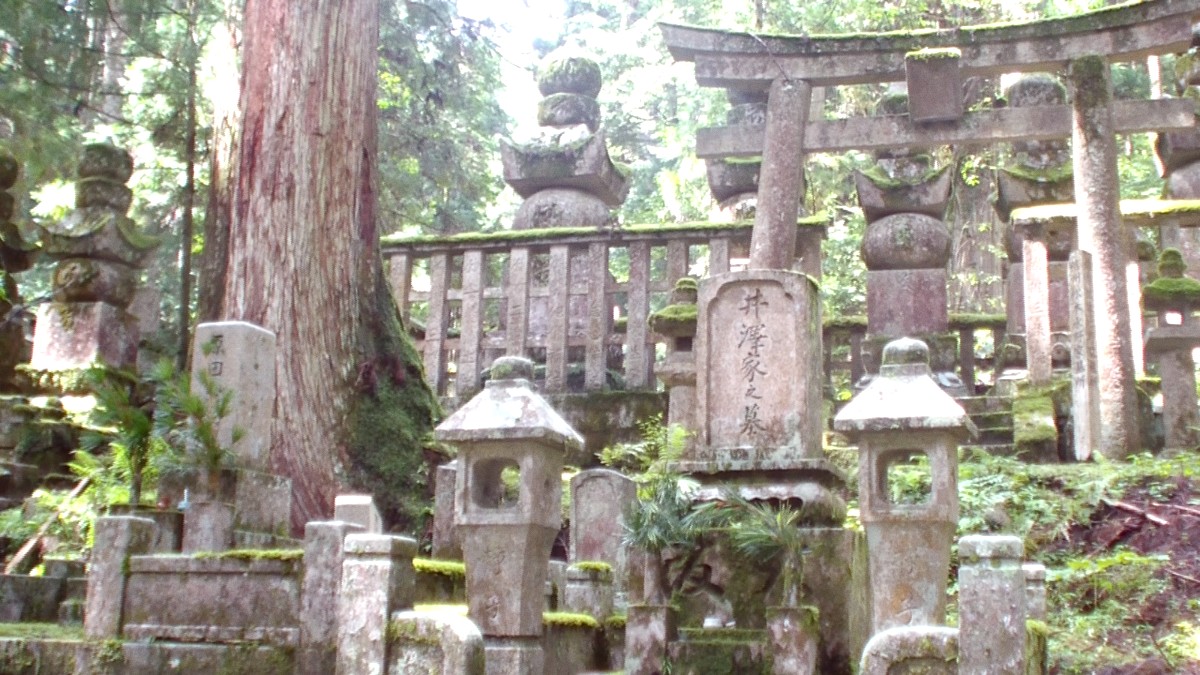
Central Honshu, Japan
Spring (March-May): A Light jacket or wool sweater, with Long-sleeved shirts. Thermal layers for early spring. Summer (June-August): Lightweight rain jacket for rainy season. Light, breathable clothing like Short-sleeved shirts, tank tops, shorts. A light cardigan for air-conditioned interiors.
Autumn (September-November): A medium-weight jacket or coat. Sweaters, fleece jackets. Parka or wool blend coat for late November. Winter (December-March): A heavy, insulated Winter coat (a Down jacket is advisable) that is waterproof and windproof. Thick sweaters, fleece tops. Thermal base layers like Merino wool are necessary. Warm trousers or Snow pants if active in heavy snow. Warm hat, Gloves, and a Scarf are useful.
These are Comfortable walking shoes. You will spend much time walking Takayama's city center and old town cobblestone streets. Choose shoes with good arch support and cushioning.
Essential for winter (due to snow) or during the rainy season (July) and autumn if rain is forecast. For winter, insulated, Waterproof boots with good grip on snowy or icy surfaces.
Highly convenient, as you frequently remove shoes when entering homes, ryokans, some restaurants, and temples. Slip-on Sneakers or low-cut boots are practical.
Keeping documents organized and accessible is important. Prepare both physical and digital copies.
Japan uses Type A and B plugs (two flat parallel pins, or two flat parallel pins with a grounding pin). The voltage is 100V. Most modern electronics are dual voltage (100-240V) and will work with just a Plug adapter. Always check your device's charger for its voltage range. A Universal travel adapter with USB ports is useful, charging multiple devices easily.
Takayama's picturesque old streets, traditional architecture, and stunning seasonal beauty make it ideal for photography. A good Travel camera (B&H Photo is a good retailer) with a versatile lens captures diverse scenes. A compact point-and-shoot or a good Smartphone camera are also sufficient. Portable power banks are essential.
Routinely back up photos and important documents. Cloud storage services (Google Drive, Dropbox) or an External hard drive are good options.
Small Travel locks for luggage provide peace of mind. While crime is low, these are good practice.
An RFID blocking travel wallet for passports and credit cards Money belt adds security, carrying valuables close to your body.
While Japan has excellent pharmacies, having familiar health items on hand is useful. A Basic first aid kit is always recommended.
Protecting yourself from the sun is important year-round, especially with snow reflection in winter. Staying hydrated is always recommended.
If planning hikes in the Japanese Alps (Kamikochi, Mount Norikura), pack Sturdy hiking shoes or boots.
If visiting nearby ski resorts (e.g., around Okuhida Onsen), pack appropriate ski/snowboard gear.
No specific specialty items are required for general Takayama experiences.
Small items greatly enhance your travel experience, especially during transit or daily outings.
While Japan has a wide range of products, some items might be difficult or expensive to find locally, or you may prefer specific brands.
Reduces plastic waste; tap water is safe to drink.
Plastic bags often incur a small fee in Japan.
Avoids buying multiple region-specific adapters.
Reduces reliance on data and physical maps.
Pack light for ease of movement between cities. Utilize hotel laundry services or coin laundromats.
Roll clothes to save space. Use packing cubes for organization.